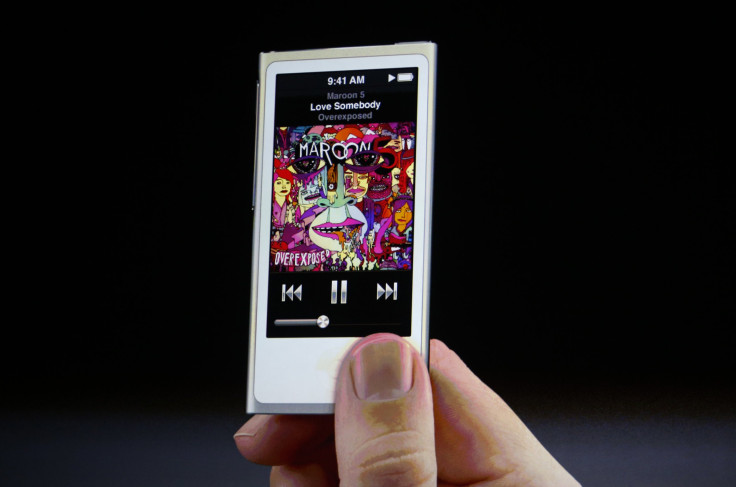Does Apple Killing iPod Nano, Shuffle Mark Death Of Portable Music Players?

Apple has finally reached the end of the line for its original iconic product, the iPod. On Friday, the company retired the iPod Nano and iPod Shuffle.
Apple now only has one iPod on offer which is the iPod Touch. The company has also updated the storage capacity for the iPod Touch and now offers 32GB and 128GB models at the price of $199 and $299 respectively, which is the first update for the product since 2015.
Read: National iPod Day 2016: Apple’s Iconic Device Over The Years
"Today, we are simplifying our iPod line up with two models of iPod touch now with double the capacity starting at just $199 and we are discontinuing the iPod shuffle and iPod Nano," an Apple spokesperson told Business Insider in an email.
Despite the update, the iPod Touch hasn’t changed much – it seems like the iPhone 5S without the calling capability. It has a 4-inch display, a dual-core A8 chipset, M8 motion co-processor, 1GB RAM and an 8-megapixel rear camera and a 1043 mAh battery.
Unlike in the past when iPod Touch’s hardware use to be at par with the iPhone, the Touch is now, way behind the iPhone in terms of features. Simply put, the iPod Touch might also be on its way out, as Apple isn’t issuing any updates to the product.
In the past, Apple used to have a line-up devices, iPods were always launched alongside the iPhone. The iPod was considered an important product in Apple’s line up, since it actually triggered the comeback of Apple in 2001 after the 1990’s decline of the company. The original iPod represented Apple’s take on the MP3 player, something that became a sought-after gadget with the launch of the Sony Walkman.
iPod Nano and iPod Shuffle were among the most affordable Apple products, costing $149 and $49 respectively. Their discontinuation doesn’t come as a surprise since neither model has been updated in years.
More importantly, since 2013, the focus has been through out the tech industry to create multi-tasking devices. Most importantly, these devices need to be smart i.e. capable of connecting to the internet. The major focus of iPods was music playback, which is now majorly done using smartphones. It wouldn’t be wrong to say that the age of the portable music player is over and smartphones have taken up the space.
Read: Apple Inc. Sued For $10 Billion By Florida Man Claiming To Have Invented iPhone, iPod And iPad
The early 2000s saw devices such as portable music players and tablets gaining popularity, but over the years, only one device among the ones launched at that time has sustained and it’s the smartphone. The portable music player has been obliterated while the tablet market is in decline.
The smartphone stands tall, as the product has evolved with time, whether it is the form factor or the software. The biggest reason for the survival of the smartphone unlike many other products unveiled more than a decade ago is the app database that supports it. It continually gives users access to different features and games and continually keeps increasing the applications of the product, making it essential rather than obsolete.
© Copyright IBTimes 2024. All rights reserved.





















